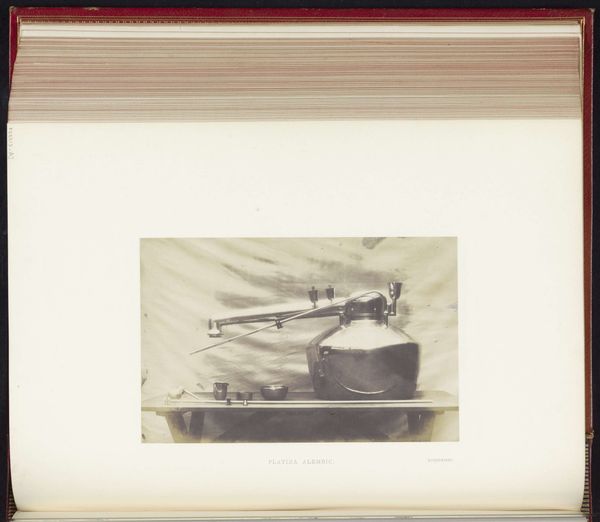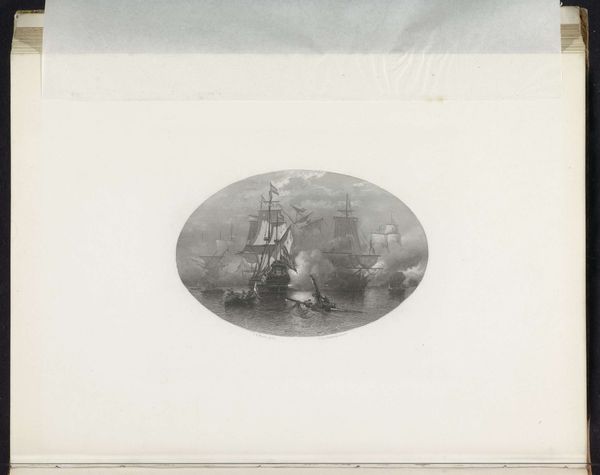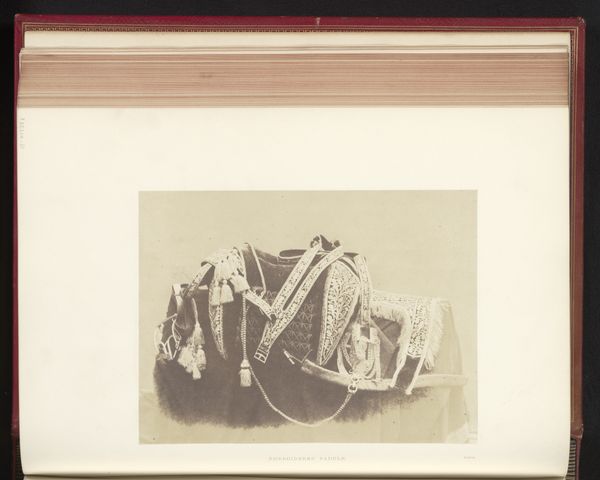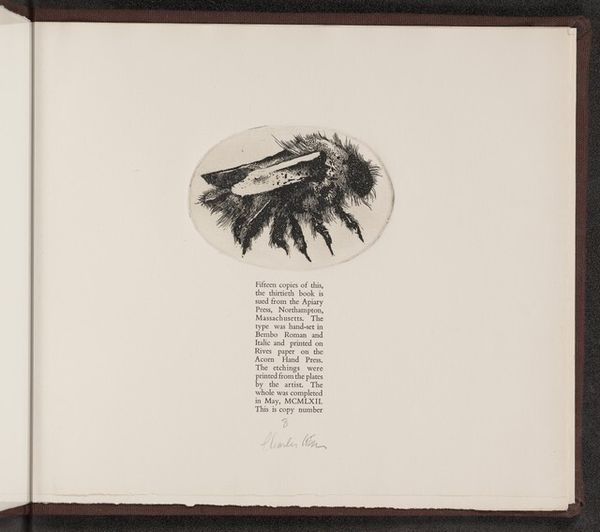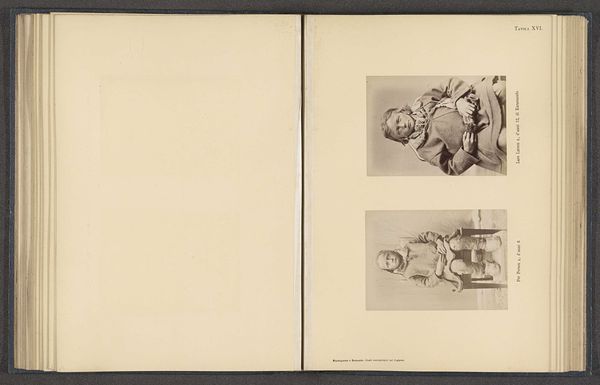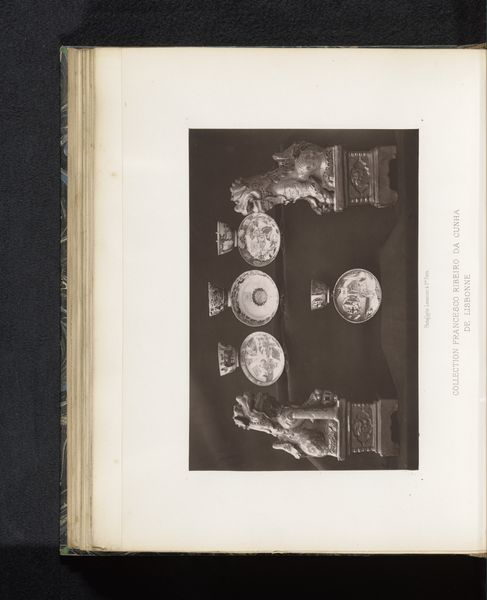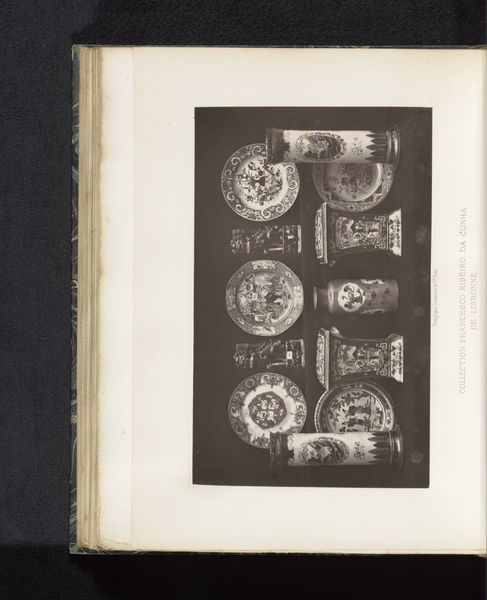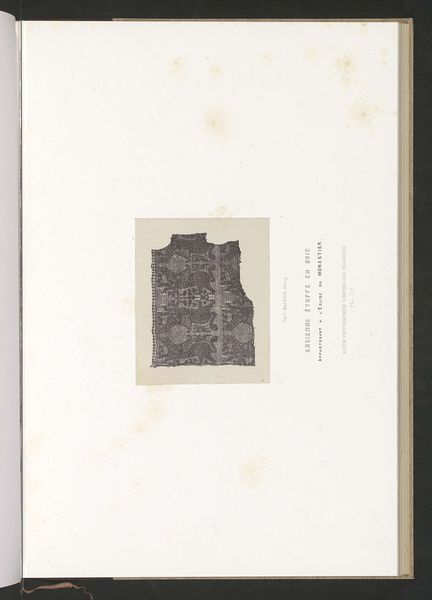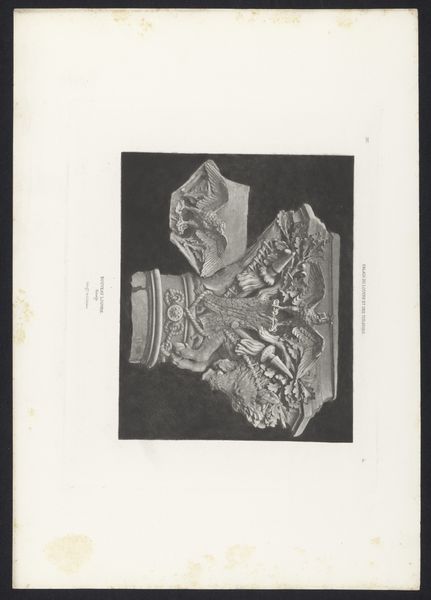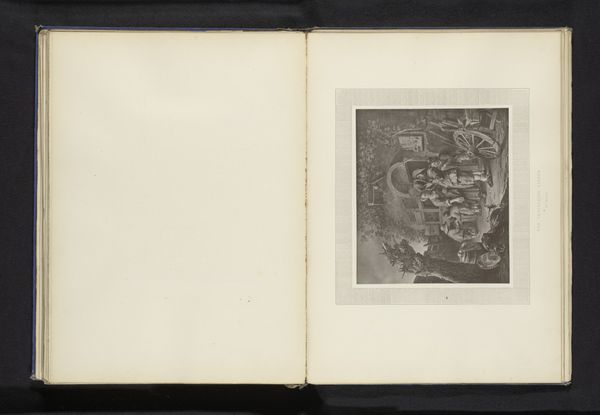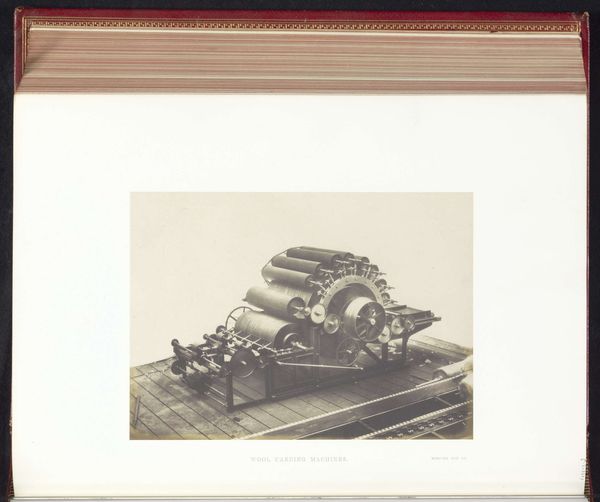
Elektromagnetisch apparaat en een theodoliet op de Great Exhibition of the Works of Industry of All Nations van 1851 in Londen 1851
0:00
0:00
daguerreotype, photography
#
daguerreotype
#
photography
#
coloured pencil
Dimensions: height 120 mm, width 194 mm
Copyright: Rijks Museum: Open Domain
Curator: C.M. Ferrier and F. von Martens made this compelling daguerreotype in 1851. Titled "Electromagnetic Apparatus and Theodolite," it captures these inventions displayed at London’s Great Exhibition. What strikes you immediately about this early photograph? Editor: It exudes an atmosphere of almost uncanny scientific promise, that feeling of entering a completely novel age. I notice, first and foremost, the sepia tones which, set against that off-white, produce a tangible feeling of age, that really communicates the scientific revolution as it unfolded. Curator: Precisely. And how skillfully they’ve arranged the subjects! The composition clearly directs our eyes across the frame. Notice the almost jewel-like rendering of the metal—pure texture created with light and shadow. This reflects the prevailing faith in technology prevalent at the time. Editor: Yes, these aren't just scientific instruments, they're testaments to Victorian ambition. This image captures a moment when technology was seen almost exclusively as a force for good, ignoring, of course, the darker side of industrial progress: worker exploitation and environmental degradation that were inherent to this drive toward “improvement.” The world wasn't so simple, of course. Curator: Your point is certainly taken, but I wonder if we shouldn’t also marvel at the way the artists use the camera to abstract forms, to emphasize their sculptural presence. We almost forget what these machines are for as we appreciate them formally. It’s quite stunning. Editor: True, though, as technology advanced during the era, it reinforced existing societal power structures. Early photography also perpetuated colonialism and social hierarchies through portraiture and documentation, but it undeniably created beauty. Perhaps we are both right; It reflects our perpetual tightrope walk of acknowledging an artwork's historical complexities and aesthetic values. Curator: Agreed. Thank you, this really helps give us all something to reflect on. Editor: Indeed.
Comments
No comments
Be the first to comment and join the conversation on the ultimate creative platform.
